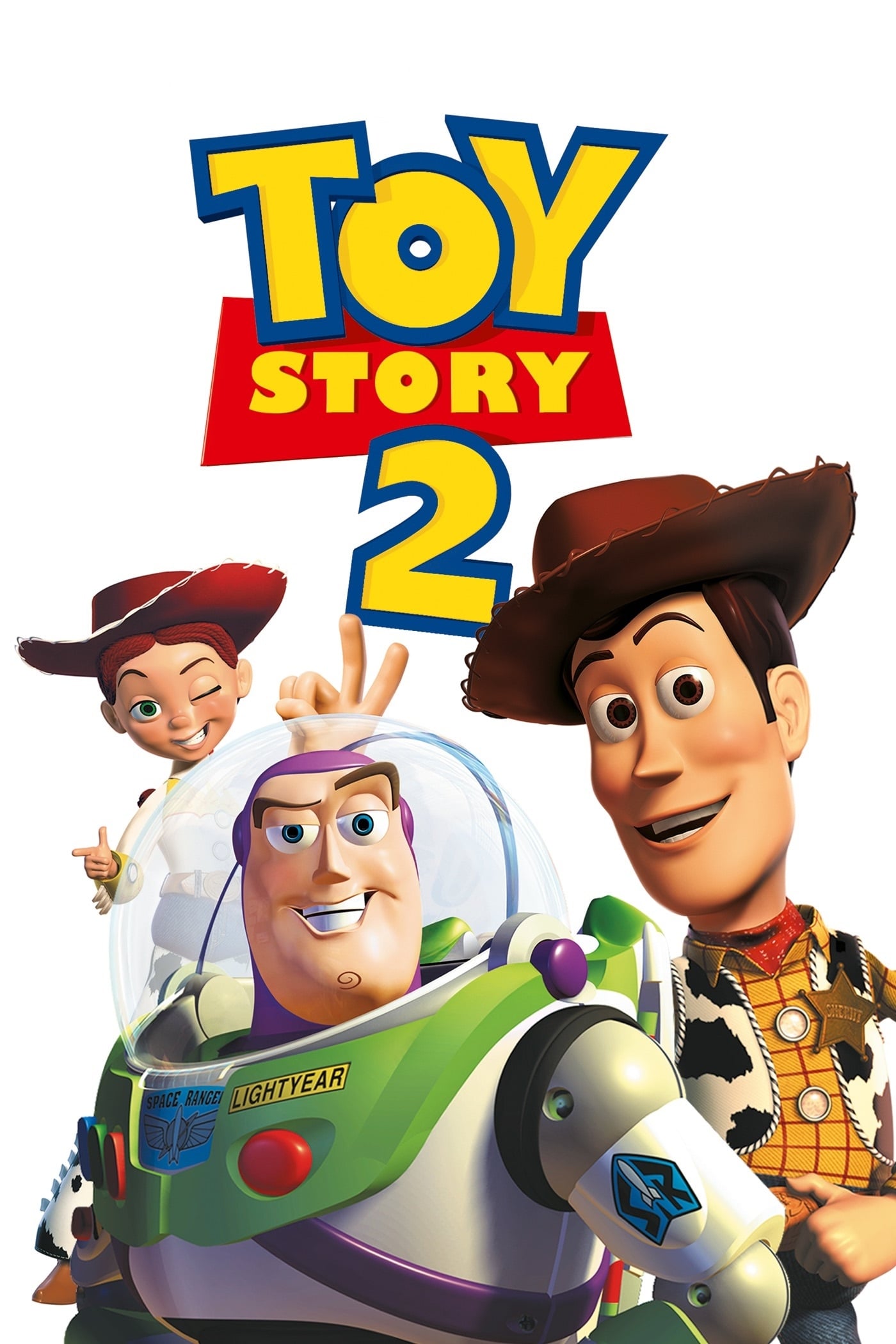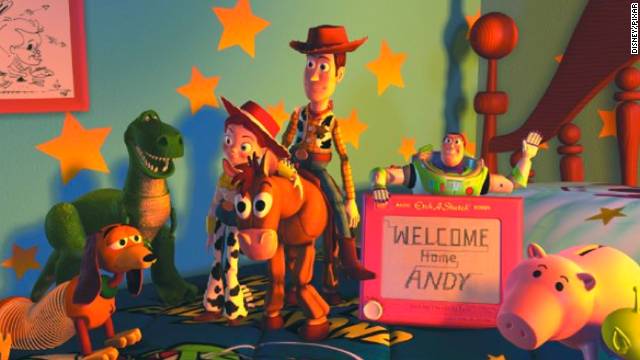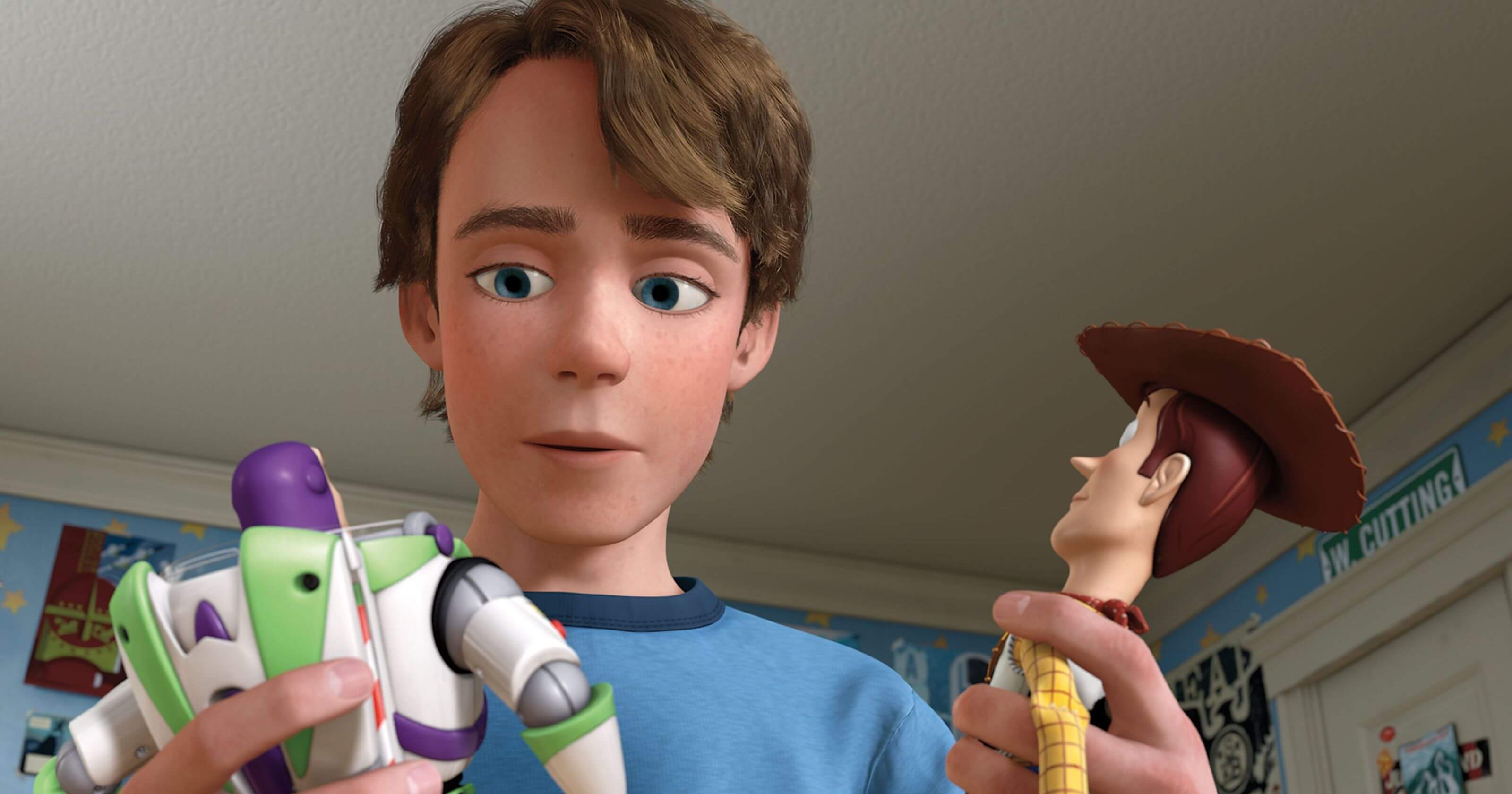

Lasseter andhis team open the film in a kid's bedroom, where the toys come to life whentheir owner is absent.


Of course computers are asdumb as a box of bricks if they're not well-programmed, and director JohnLasseter, a pioneer in computer animation, has used offbeat imagination andhigh energy to program his.īutenough of this propeller-head stuff. Each frame required as much as 300MBs of information, which means that on my one-gigabyte hard disk, I have roomfor about three frames, or an eighth of a second.
SCITE THE FILM TOY STORY MOVIE
Ilearn from the current Wiredmagazine that the movie occupied theattention of a bank of 300 powerful Sun microprocessors, the fastest modelsaround, which took about 800,000 hours of computing time to achieve this andother scenes - at 2 to 15 hours per frame.
SCITE THE FILM TOY STORY SERIES
Here, you donotice it, because you're careeningthrough space with a new sense of freedom.Ĭonsiderfor example a scene where Buzz Lightyear, the new space toy, jumps off a bed,bounces off a ball, careens off of the ceiling, spins around on a hanging toyhelicopter and zooms into a series of loop-the-loops on a model car race track.Watch Buzz, the background, and the perspective - which stretches andcontracts to manipulate the sense of speed. Computer animation has grown soskillful that sometimes you don't even notice it (the launching in "Apollo13" took place largely within a computer). The movie doesn't simplyanimate characters in front of painted backdrops it fully animates thecharacters andthe space they occupy, and allows itspoint of view to move freely around them. Imaginethe spectacular animation of the ballroom sequence in "Beauty and theBeast" at feature length and you'll get the idea. The more you know about how the movie wasmade, the more you respect it. Older viewers may beeven more absorbed, because "Toy Story," the first feature madeentirely by computer, achieves a three-dimensional reality and freedom ofmovement that is liberating and new. His mistake, as Buzz could have told him, was thinking that he could fly, whereas the best we can hope for is “falling with style”.Forthe kids in the audience, a movie like this will work because it tells a funstory, contains a lot of humor, and is exciting to watch. It says a lot about the Pixar mindset that the one character in The Incredibles who has tried to fulfil his childhood dreams is Syndrome, the psychotic villain – and he ends up being sucked into a jet engine. In Up, Carl Fredricksen is an embittered widower who never managed to go on the globe-trotting adventures that he and his wife always planned and he, too, is landed with a small child to look after.Īnd in The Incredibles, Mr Incredible is forced to abandon his crime-fighting exploits and get an office job. In Monsters, Inc., Sulley and Mike are regular Joes who clock into work in a factory every morning, while the child in the film, Boo, is a problem they have to deal with. Finding Nemo is built on the anxieties of Nemo’s father, a widower packing his son off to school. The theme is at its most poignant in Toy Story and its two heart-wrenching sequels, but it crops up elsewhere in the company’s canon. The genius of John Lasseter, the director of Toy Story and the chief creative officer of Pixar, is to enchant millions of children with films about how difficult and unrewarding their mums’ and dads’ lives are. The main characters, the toys, are essentially his parents: harried adults who want nothing more than to please him, even while knowing that he will soon grow up and leave them behind. We barely see Andy, the owner of Buzz and the others, and when we do he looks like a monstrous giant alien. There are adults in these films, too, but the likes of Jiminy Cricket and Baloo the Bear are sidekicks and teachers the protagonists are the youngsters they cherish. Fairy-tale princesses aside, the central characters in the most beloved Disney cartoons were and are pre-teens: Pinocchio, Dumbo, Bambi, Alice in Wonderland, Peter Pan, Mowgli in The Jungle Book, Simba in The Lion King (which came out the year before Toy Story). It’s an amazingly mature message for a live-action film, let alone an animated one, but Toy Story set the Pixar trend for cartoons about adults, not children.


 0 kommentar(er)
0 kommentar(er)
